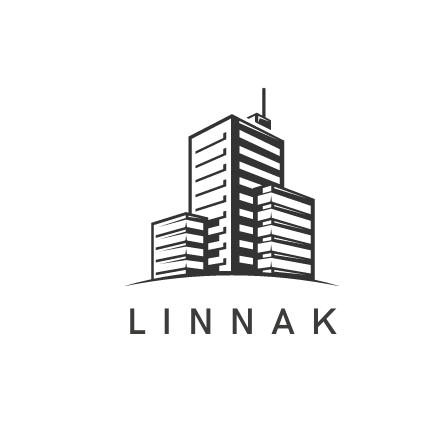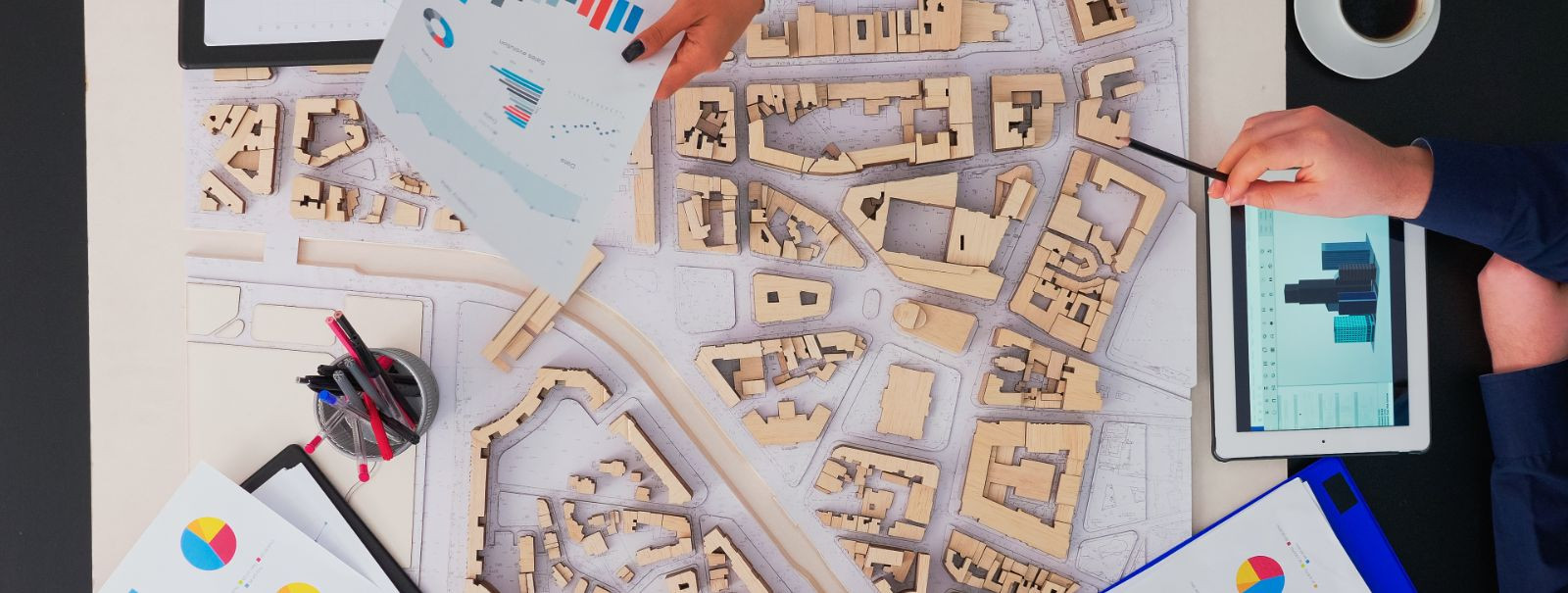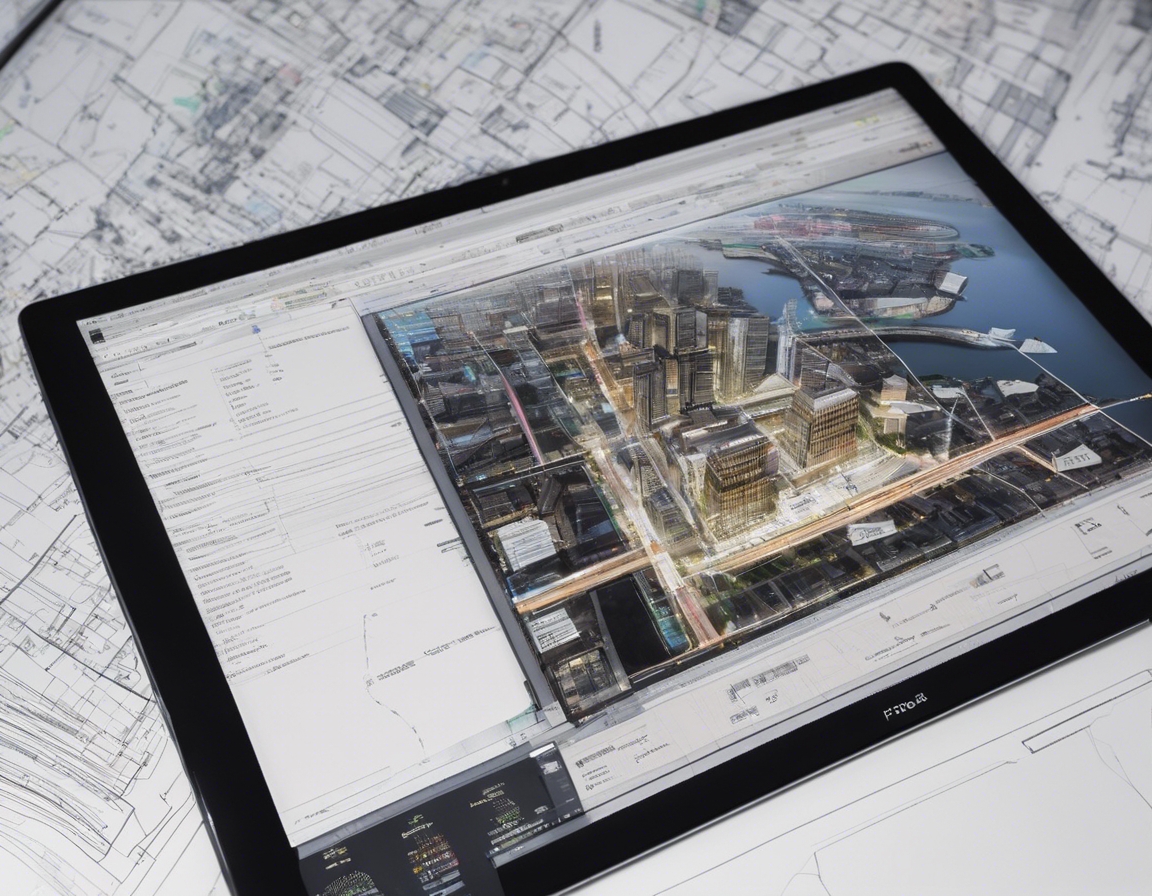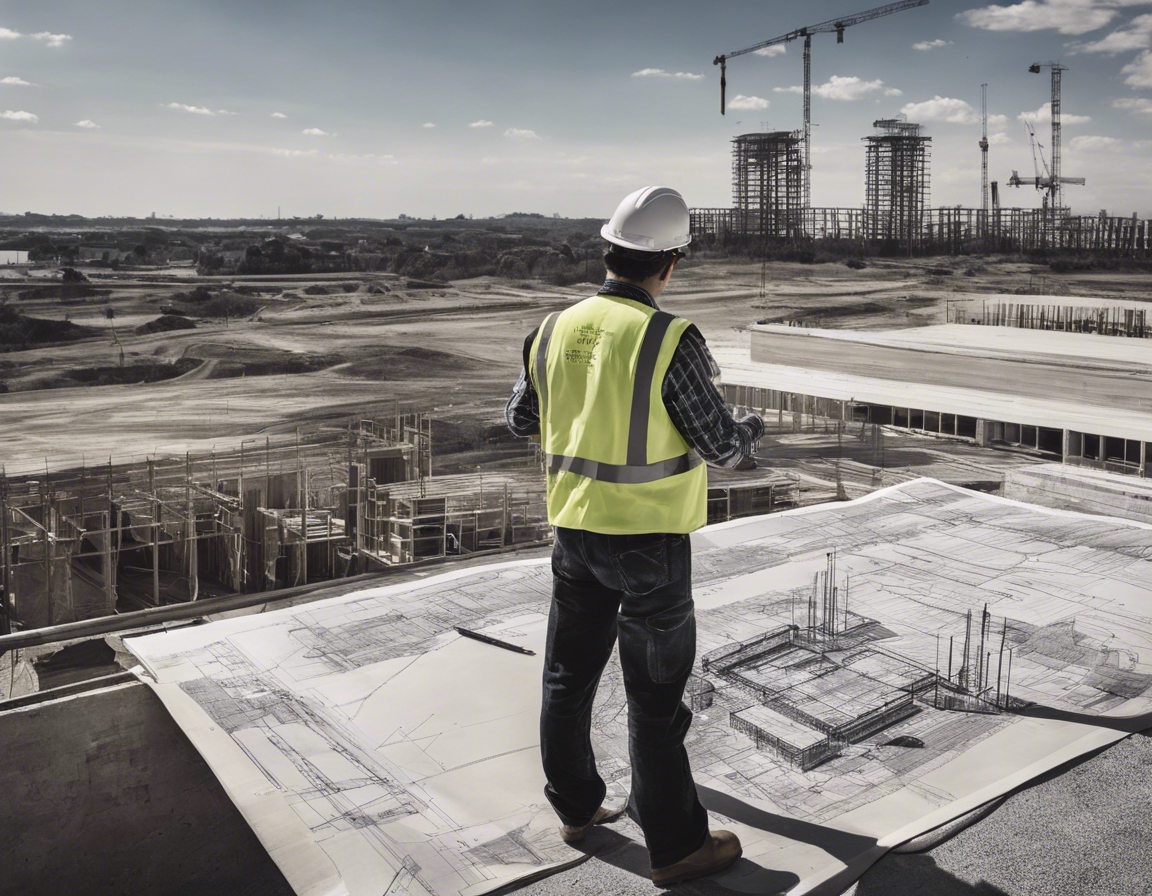5 trends shaping the future of urban planning
Urban planning is at a pivotal juncture, with a multitude of forces shaping the cities of tomorrow. As we look to the future, several key trends are emerging that promise to redefine the urban landscape. These trends are not just influencing the way we think about city living, but also how we approach the design and management of urban spaces. In this post, we will explore five significant trends that are set to shape the future of urban planning.
1. Sustainable Development and Green Spaces
With a growing emphasis on sustainability, urban planners are increasingly turning to eco-friendly building materials. These materials are designed to reduce environmental impact, enhance energy efficiency, and promote healthier living environments.
Urban green spaces are becoming a central component of city planning. These areas not only provide aesthetic value but also contribute to biodiversity, help manage stormwater, and improve air quality.
The integration of renewable energy sources, such as solar and wind power, into urban planning is essential for creating sustainable and self-sufficient cities.
2. Technological Advancements in Urban Design
Smart city technologies utilize sensors, IoT devices, and data analytics to optimize city functions and improve the quality of urban life.
Big data and urban analytics play a crucial role in understanding and managing complex urban systems, enabling more informed decision-making.
Autonomous transportation systems are set to revolutionize urban mobility, reducing congestion and improving safety.
3. Community-Centric Planning
Participatory design processes involve community members in the planning and design of their neighborhoods, ensuring that developments meet local needs and preferences.
Mixed-use developments that combine residential, commercial, and recreational spaces are gaining popularity as they promote walkability and vibrant community life.
Addressing the challenge of affordable housing is critical for ensuring that cities remain accessible and equitable for all residents.
4. Resilience to Climate Change
As climate change increases the risk of flooding, urban planners are focusing on creating infrastructure that can withstand such events.
Strategies to mitigate the urban heat island effect are essential for maintaining comfortable and healthy urban environments.
Developing disaster-preparedness strategies is vital for protecting urban populations and infrastructure from natural catastrophes.
5. Regulatory Reforms and Policy Innovations
Reforming outdated zoning laws can facilitate more innovative and flexible urban development that meets contemporary needs.
Policy incentives for sustainable practices can encourage developers and property owners to adopt greener approaches to construction and maintenance.
Public-private partnerships are becoming increasingly important for financing and implementing large-scale urban projects.






Comments (0)